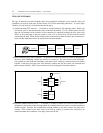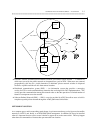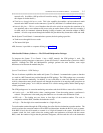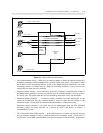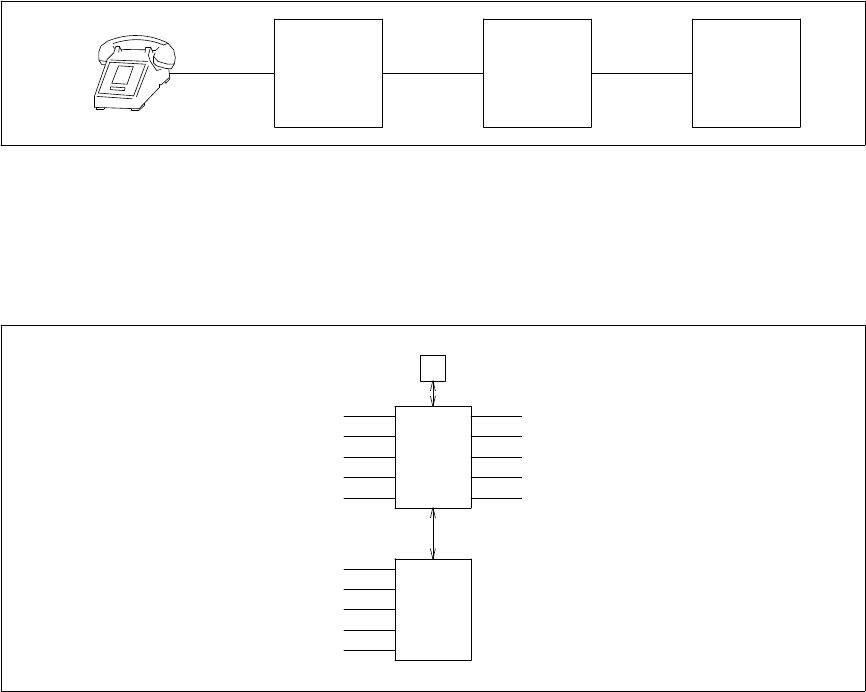
2-2 COMMUNICATION SYSTEM NETWORKING — AN OVERVIEW
_ ___________________________________________________________________________________________________________________________
_ ___________________________________________________________________________________________________________________________
_ ___________________________________________________________________________________________________________________________
TYPES OF NETWORKS
The type of network you install depends upon the geographical distribution of the network nodes, the
capabilities you need in each node, and the relative cost of each networking alternative. To satisfy these
variables, you can install any of the following network types.
• Tandem tie trunk (TTT) network — A network of switches linked by dial-repeating trunks. In this type
of network, calls are not automatically routed to the final destination. To call a distant switch, the user
steps the call through all the switches in the connection by repeatedly entering the dial access code
(DAC) of the trunk group to the next switch as soon as he or she receives dial tone from the newest
switch along the path. When all the switches in the connection have been traversed, and a connection is
made with the destination switch, the user dials the extension number.
SWITCH 2
DAC
EXTENSION SWITCH 3
DAC
SWITCH
1
SWITCH
2
SWITCH
3
• Main-satellite/tributary (MS/T) network — A network of switches in which one switch is designated as
the main, while subtending switches are satellites or tributaries. The main switch is fully functional;
each satellite uses the trunks and attendants at the main switch. Tributary switches differ from satellite
switches in that they have their own listed directory number and may have their own attendant and
public network facilities. MS/T users reach other users by dialing their extension numbers.
MAIN
SATELLITE
ATTENDANT
LINES
LINES
TRUNKS
• Electronic tandem network (ETN) — A network of switches in which one switch at each location is
designated as the tandem switch, through which all communications must travel to reach the tandem at
another location. Switches that communicate with the tandem at the same location are called main
switches. ETN switches reach other nodes in an ETN by sending a location code, followed by an
extension number and, sometimes, a traveling class mark (TCM).











